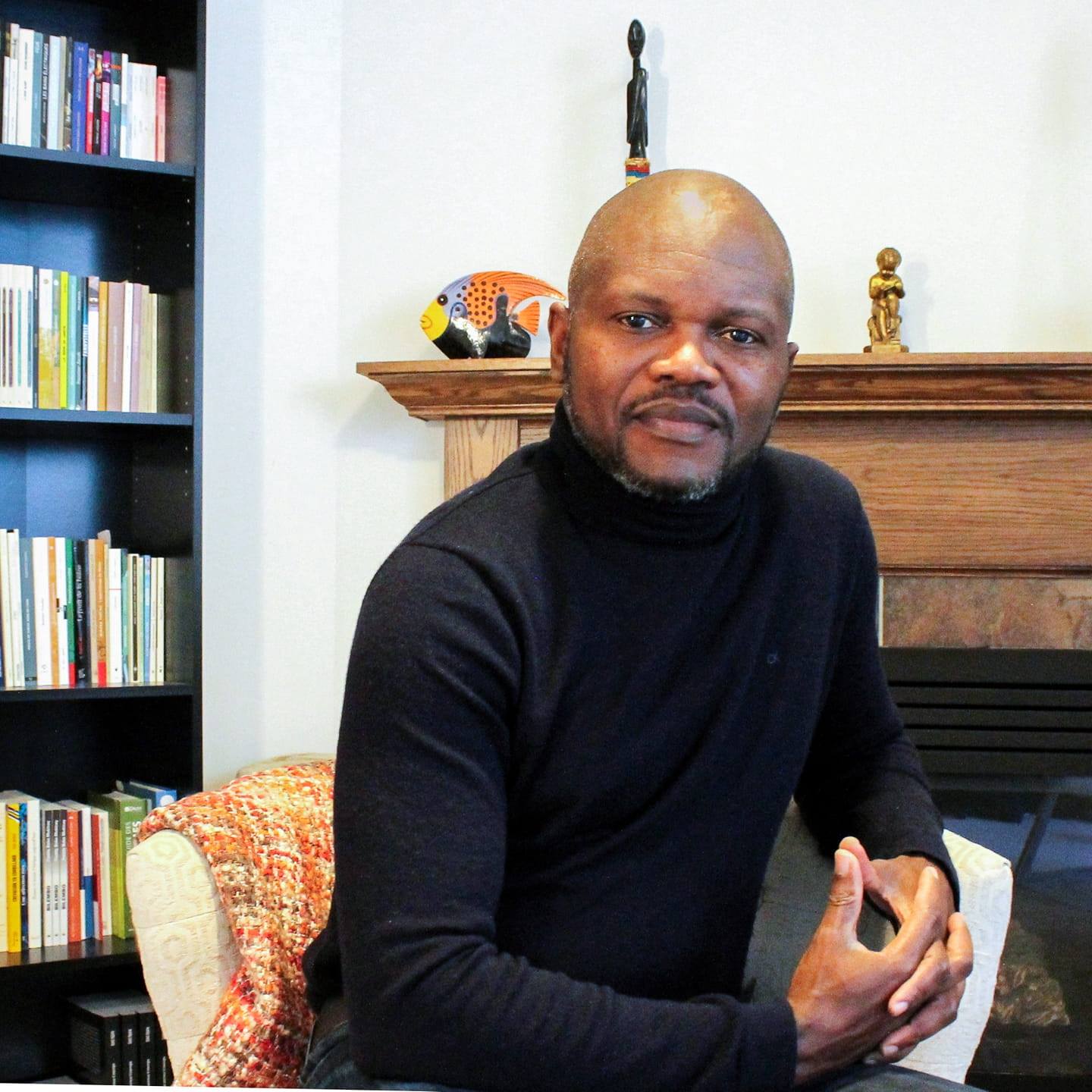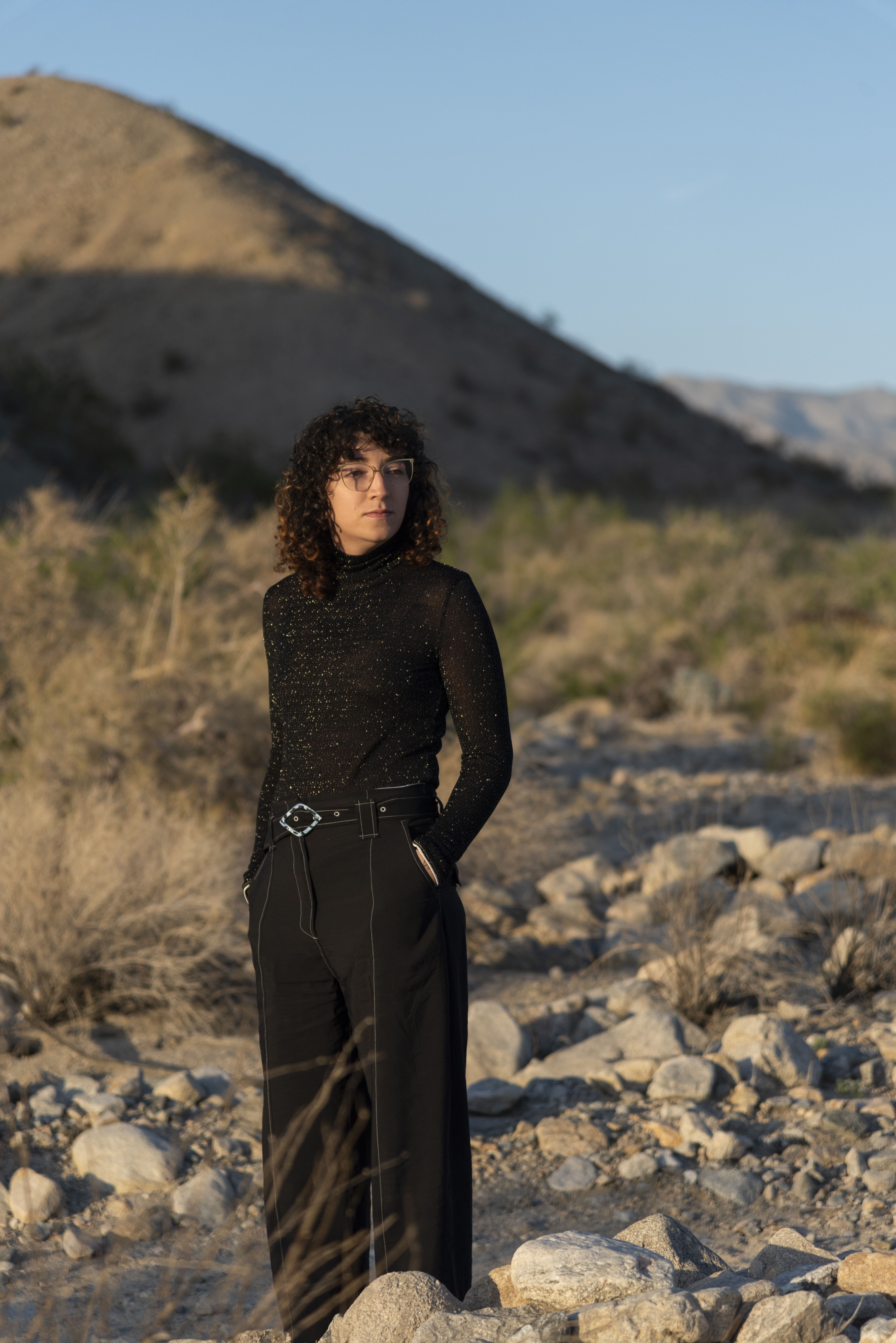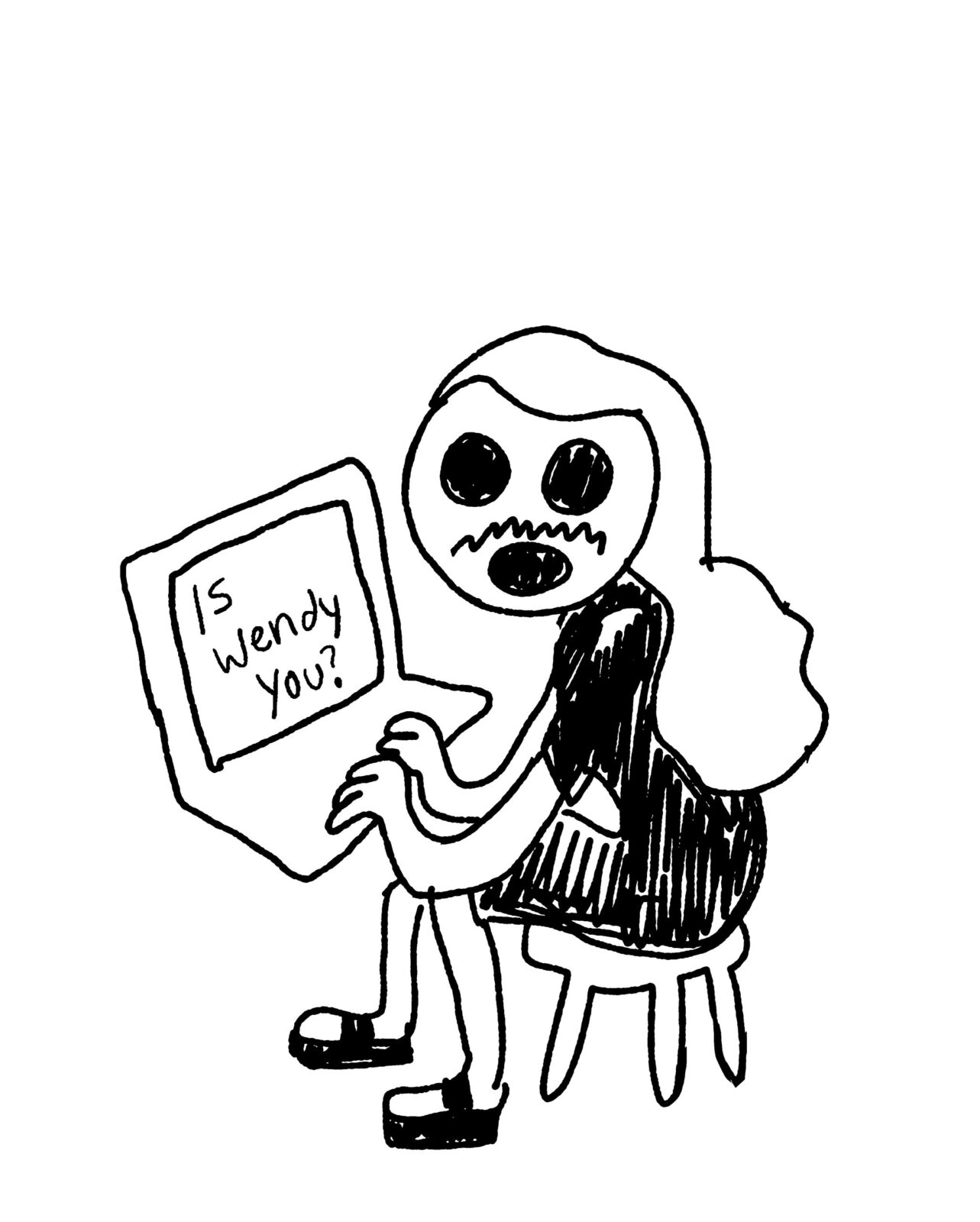Why YA? It’s a question many writers working in the genre of Young Adult literature have had to contend with. Thinking perhaps of the slew of “fashion-flirting-and-fun” series enjoying immense popularity among teen readers these days, sceptics tend to dismiss all YA lit as soft and fleeting. Lori Weber, a Montreal-based author of four novels for young adults, feels such a judgement denigrates the potential of the genre and its readers. “YA deals with a vast range of topics,” she remarks. “But the target audience is young people and it is assumed that young people are intellectually inferior to adults and therefore the writing must be less interesting. Many adults haven’t had a new idea in 50 years. Teens have new ones every day.”
Monique Polak, a journalist and CEGEP instructor who has also penned numerous titles for youth, adds that even fellow writers have confessed confusion regarding her choice in genre. “[They] sometimes ask when I’m going to get serious and write a book for adults,” Polak says. “I tell them that I am dead serious about what I do. And sometimes, when I’m feeling snippy, I tell them my books are selling!”
So they are: to teachers, librarians, and parents who realize that YA lit can be a useful stepping stone for reluctant readers, but also – and, in the novelists’ eyes, more importantly – to preteens and teens themselves. Like any adult reader, a youth’s motivations for picking up a book vary, from seeking entertainment or escape, to hoping to learn more about the issues that are relevant to their lives. The challenge for YA writers is to blend good storytelling with topicality, applying a narrative voice that is neither condescending nor overwrought.
Brian Doyle, who has been writing fiction for youth since the late 1970s, often uses the past as a means of connecting with contemporary readers. His latest book, Pure Spring, sees its 15-year-old protagonist Martin O’Boy working as a delivery assistant in Korean War-era Ottawa and interacting with such real life historical figures as Pure Spring soft drink company proprietor David Mirsky and Soviet defector Igor Gouzenko. That his novels take place in the Ottawa and Gatineau River Valley regions is “essential” to Doyle. “It’s what I know,” says the multiple award-winning author, who mines his life experience and the anecdotal accounts of “old folks” for material he transforms into stories like Spud Sweetgrass, Uncle Ronald, Covered Bridge, and Mary Ann Alice. Grounded in yesterday though it may be, Pure Spring incorporates many subjects that today’s youth can relate to – new love, divided loyalties, and family battles among them. Much of Doyle’s success can be attributed to the respect he shows for adolescents; speaking of his narrators, he asserts, “My youths aren’t naïve – they just lack experience.”
Both Polak and Weber publish through James Lorimer & Company’s SideStreets imprint, which, according to the publisher’s website, offers “fast-paced young adult fiction with themes on topics teens want to read about.” So how do the authors determine what their readers want? By, like Doyle, looking to their own youthful experiences and concerns. And by taking advantage of the opportunities for observation afforded by their careers as teachers.
“I didn’t have a happy adolescence,” reveals Polak, who says that reading helped her “make sense of the world and some of the people in it,” including herself. Her SideStreets titles address such subjects as cutting (this year’s Scarred), gambling (All In), and prostitution (On the Game), all, of course, from a teenager’s perspective. It may be tempting to classify her works as problem novels, a sub-genre of YA lit that has been criticized for putting too much emphasis on the negative aspects of “growing up.” Polak insists, however, that she’s “more interested in writing about young people than problems per se.” As an instructor of English literature and humanities at Marianopolis College for over 20 years, she’s been in a great position to study youths’ current preoccupations and what she calls their “openness and courage” in action. The impetus for Scarred, for instance, came from her own interaction with students who struggled with self-cutting impulses.
For Weber too, the drive to “translate [her] world into words and images” that hold meaning for audiences overshadows any need to keep up with commercial trends or typologies in the genre. “Young readers deserve depth and complexity,” she declares. Her most recent SideStreets book, following Klepto, Split, and Tattoo Heaven, is 2006’s Strange Beauty, which presents a bifold vision of beauty as a superficial standard of appearance and a less tangible way of behaving towards others. Weber describes herself as “stuck” in the “heady time” of adolescence – literally, as she works as an English teacher at John Abbott College, and in terms of her imaginings. As a writer, she’s smitten by this time of “so many firsts, so many new things learned, new feelings felt.”
Endeavouring to explore some of these firsts has, in some cases, landed YA authors in trouble with youths’ guardians. Doyle’s publisher, Groundwood Books, categorizes his novels as suitable for the nine- to 14-year-old range; Doyle notes, however, that while his narrators are young, his readers “are of all ages.” Polak believes that the writing of a crossover novel (a work that engages younger an adult audiences alike) is an ambition of many a YA writer. Yet conflict may emerge, as Weber points out, when the writer tries to balance the younger reader’s desire for authenticity with the older reader’s expectation; that a tale retain a moralistic thrust.
Doyle does not see censorship as affecting either the composition or distribution of his works: “I write for myself,” he states firmly. For Polak, the reality of censorship actually pushes her to take risks. “As a teacher, I try to discuss material and subjects that I wish my teachers had discussed in class when I was a teenager. I try to do the same in my writing,” she explains. Weber experienced censorship first-hand when a school librarian refused to order Klepto because it contained the word “abortion.” The author has no regrets. “Writing about the subject doesn’t mean you are either endorsing or condemning the practice,” she asserts. Ultimately, for her, loyalty to the story and its effectiveness – not loyalty to the moral majority – prevails.
Besides honesty, young readers also find these writers’ novels attractive for their clear reverence for place. Just as his Ottawa and Gatineau roots inform Doyle’s books, Polak and Weber prefer to set their stories in their own stomping ground of Montreal. Weber’s Strange Beauty, for example, incorporates a setting – Park Extension – and major character (an ostracized gypsy nicknamed the Queen of Sheba) from the writer’s own childhood. “This is such a unique place,” she says of Montreal, though she concedes that she’s “had to fight a bit” with her publisher to keep some of the city’s distinctive elements in her books. Students have told her, she adds, that being able to recognize local landmarks in her novels helps them get into a story. Polak feels that exoticism can have as much appeal as familiarity: “Hopefully my books will give people who live outside of Montreal a feel for our city,” she says. That Doyle’s, Weber’s, and Polak’s audiences extend far beyond Ottawa and Montreal demonstrates that young readers, like any others, may use books to expand their universe as much as to better understand their own situations.
Ultimately, it’s the three writers’ books that will attest to the careful crafting, extensive research, and capacity for empathy that go into being a serious, and successful, YA writer. Consider these passages:
When I wake up, the fact of my grandmother’s death is wrapped tightly around me, like the white cloth of a mummy. All day, every time I breathe, I take it in again. I think about our visit to the nursing home on Saturday, just five days ago. I remember the way my grandmother looked, sitting in her chair, waving goodbye slowly, sadly. We should have gone again on Sunday.
(Strange Beauty)
But no, I went ahead and bet on the Lakers, and now I’ve lost $1,000. I try to make the thought go away, but it won’t go. Somehow, it feels like all this is happening to someone else. Like I’m floating somewhere and looking down at this guy shivering on a couch. The guy’s a loser. The guy’s lost his touch. The guy’s winning streak is oh so over.
The guy is me.
(All In)
I swallow so hard that I think my Adam’s apple is going to come up into my mouth. I see my eyes in hers. Is that possible? Can a person say a million things in the blink of an eye and not say one word? Is it magic to talk just with your eyes? Can everybody do that? Can everybody understand eye talk?
(Pure Spring)
Without sacrificing their uniqueness, each writer displays a capacity for directness and an economy of style that sits well with their readers.
Curiously, both Weber and Doyle stumbled into YA lit. Doyle originally wrote for his own children. “To my surprise, it spread!” he recalls. An editor wanted to publish Weber’s first novel, written with adult readers in mind, as a YA book, and Weber admits that she knew very little of the genre at that time. Polak, on the other hand, remembers that it took her years of perseverance before she could break into the YA market and finally secure a contract with Orca Book Publishers in 2004 (besides her Lorimer titles, she’s also released three books with Orca). They’re all committed to continuing to write for youth. Doyle reports that he’s working on “more of the same,” while Polak is excited about having just finished a story inspired by her mother’s internment in a Nazi concentration camp. Weber is simultaneously developing a crossed-lovers story set in Newfoundland, and “a book about a girl who has a burning crush on an older man.” For their efforts, and despite the naysayers, they’re earning legions of fans. mRb






0 Comments